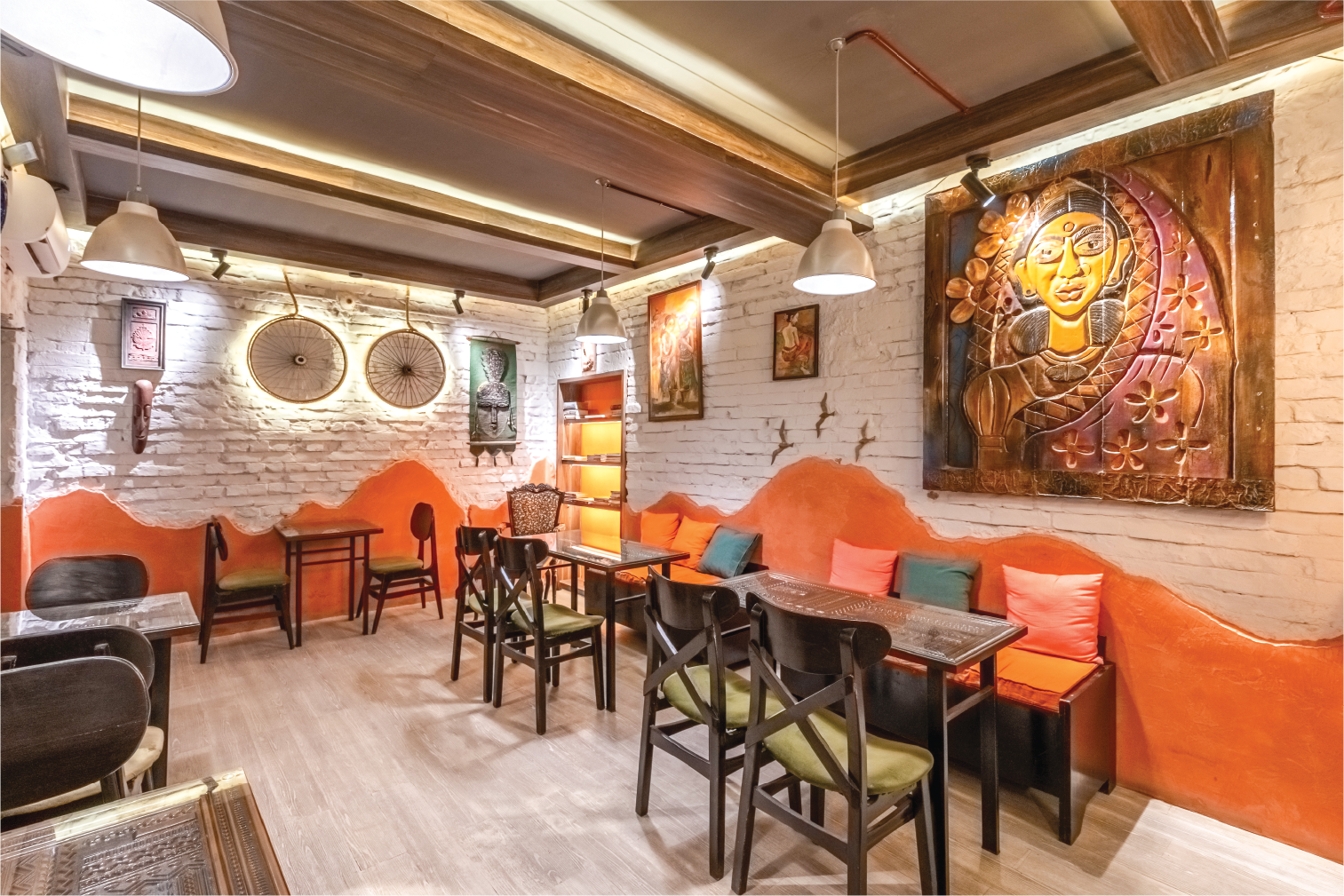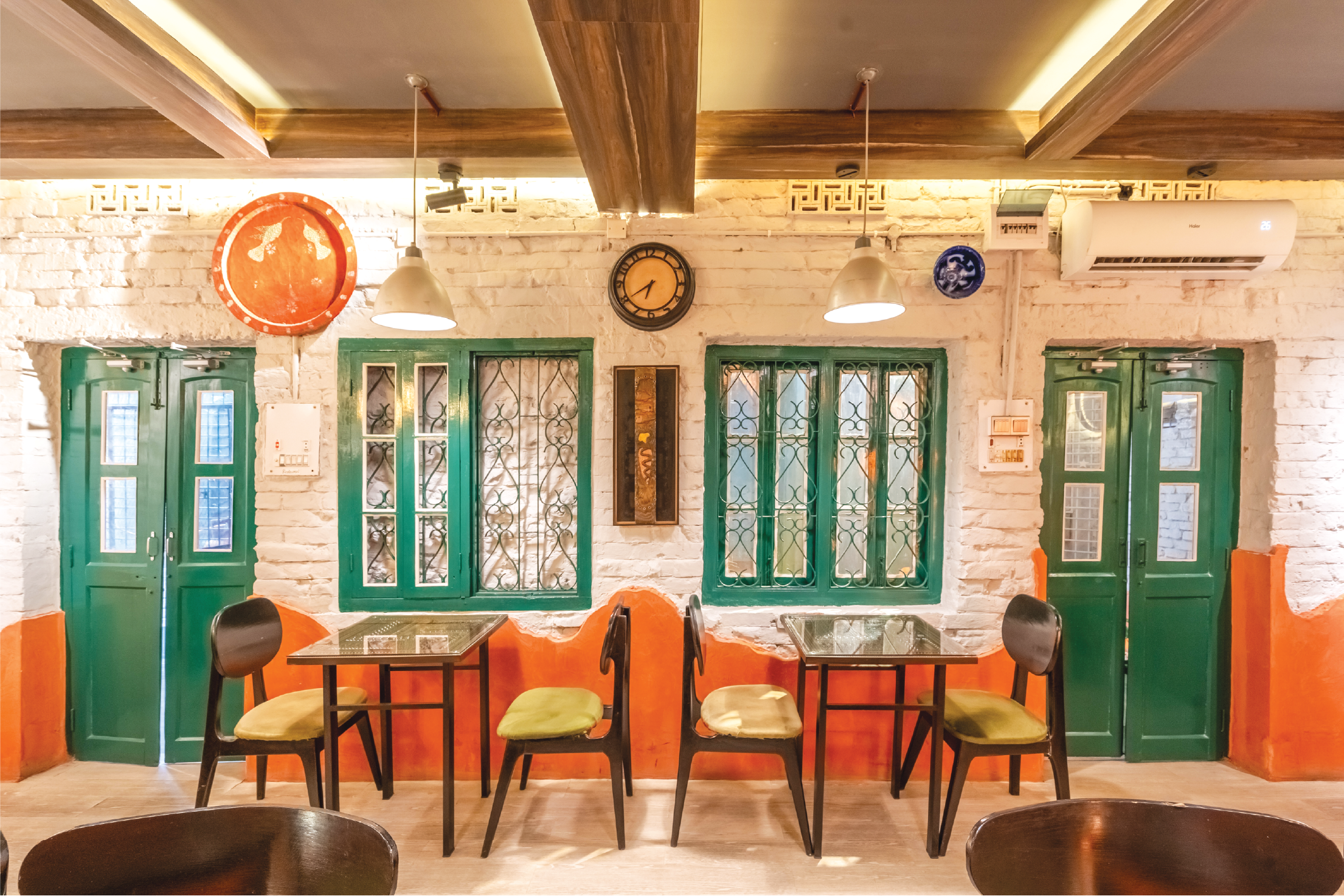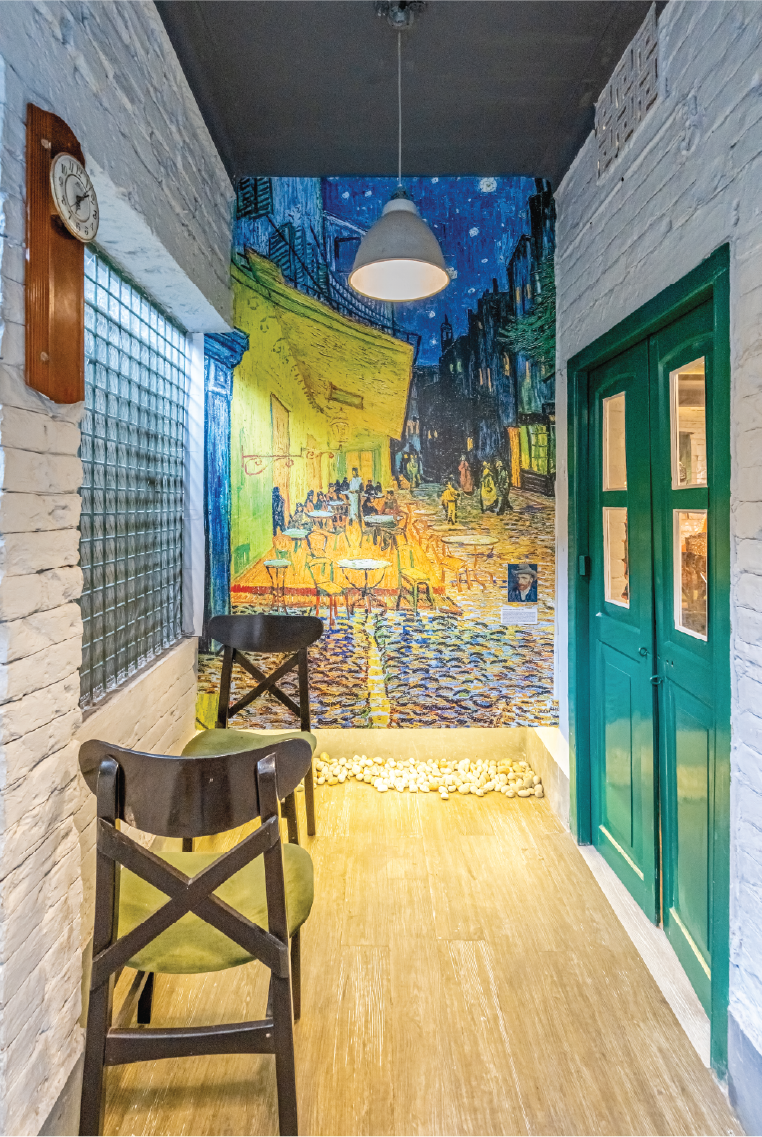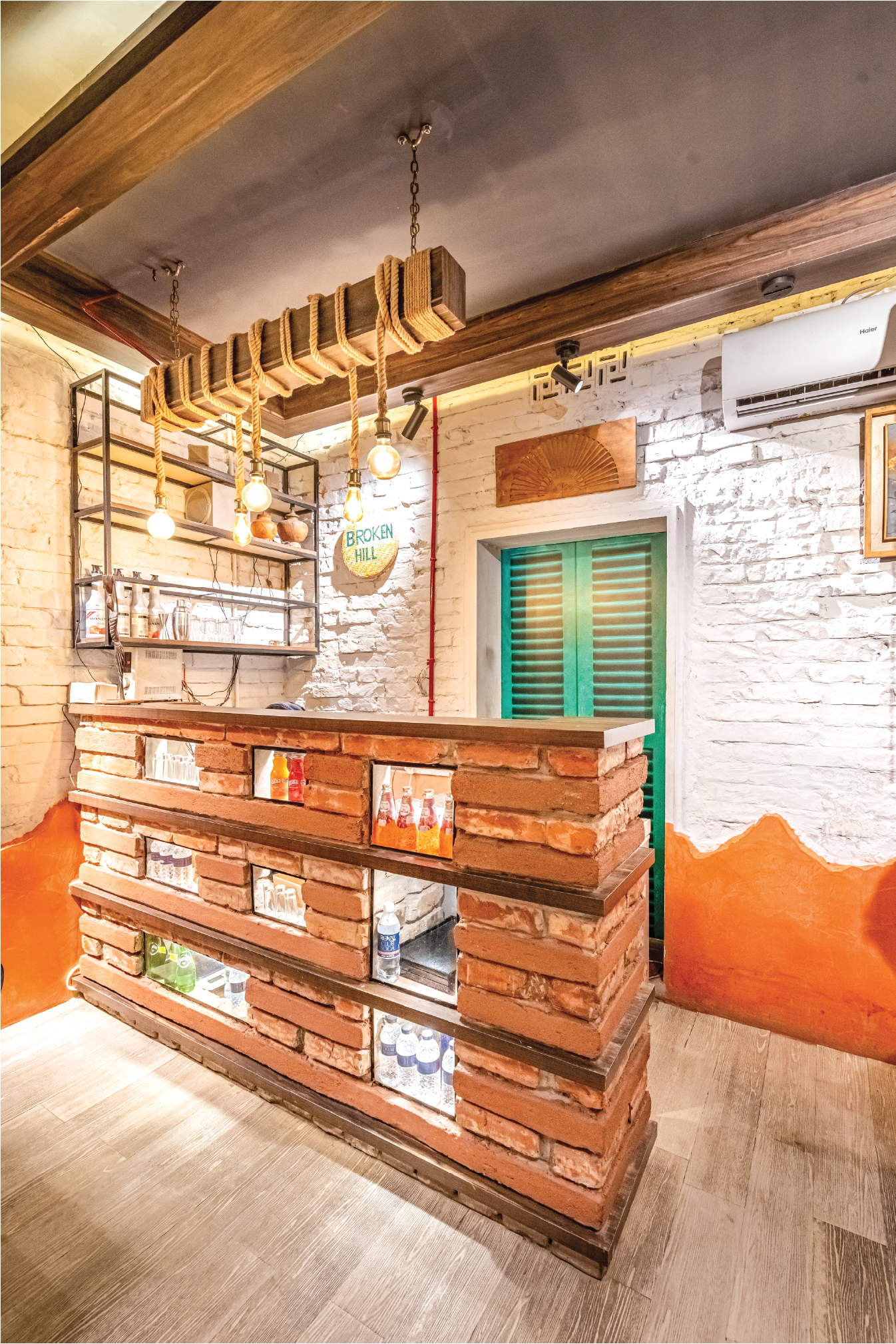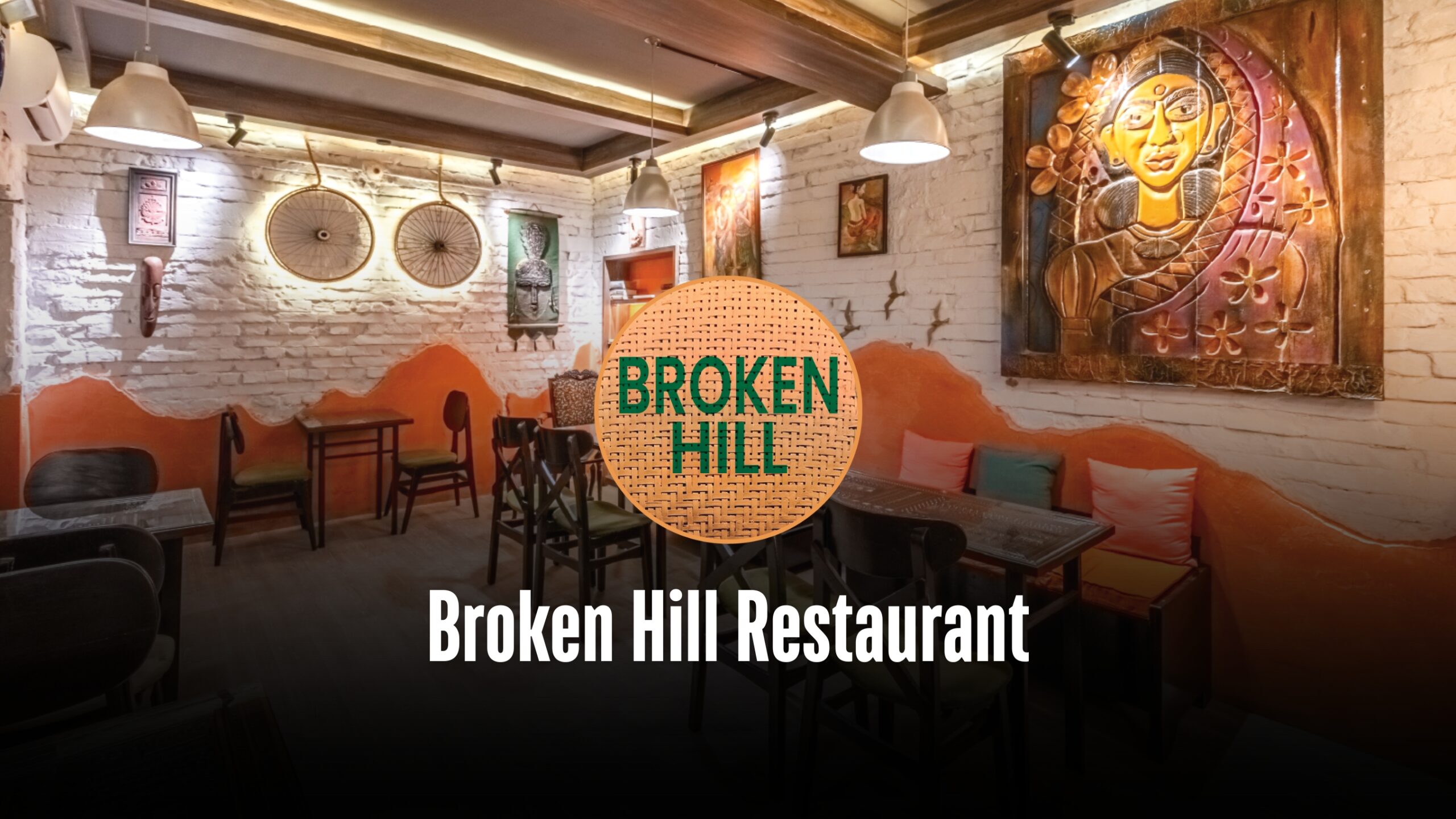
magine walking down a road in a residential area when suddenly an old brick gateway catches your attention. A softly lit alley leads you towards a small, cosy restaurant with a beautiful antique and warm ambience.
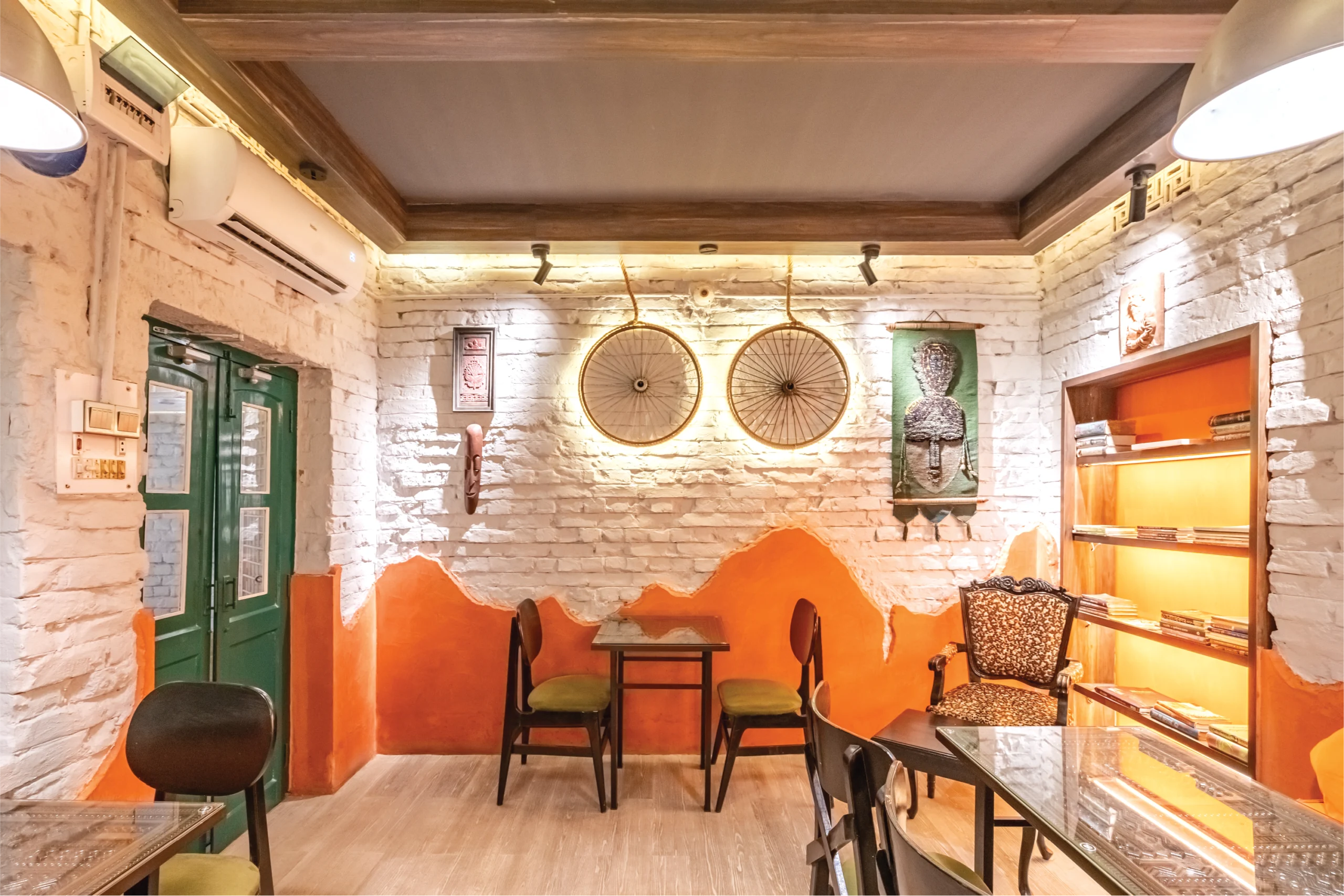
Located right beside the popular “Tea & Tea” restaurant and owned by the same person, this place remains crowded most of the time. Youngsters keep the restaurant lively throughout the day, while in the evening and at night families usually come here to dine. The cosy environment, ambience, décor, and food, everything is bound to make your time memorable.
 Architect Hashim Reza Opu, principal architect of Arch_Station, is the designer of this beautiful restaurant. He shared with us the design journey, concept, theme, and challenges. Designing a restaurant in such a compact area, only 12 by 23 feet, or 550 square feet in total, while accommodating seating, a counter, a spacious kitchen, an attached toilet, and even a semi-outdoor smoking zone, was a huge challenge.
Architect Hashim Reza Opu, principal architect of Arch_Station, is the designer of this beautiful restaurant. He shared with us the design journey, concept, theme, and challenges. Designing a restaurant in such a compact area, only 12 by 23 feet, or 550 square feet in total, while accommodating seating, a counter, a spacious kitchen, an attached toilet, and even a semi-outdoor smoking zone, was a huge challenge.
The building was old, and the designer wanted to keep its essence intact. Creating an antique-themed restaurant within a limited budget and compact space was also demanding. To meet the challenge, he began with the layout plan. By removing partition walls, he created a free-flowing space for the main dining area.
Ar. Opu said, “Creating a memory, creating a story was the main concept of the design. Stories can be of many types — rock story, sad story, soft story, museum story. But what I wanted to tell was an old story. Kalabagan is a nostalgic place for many. People have memories here. I wanted to preserve that memory.”
The walls, with plaster falling off in many places, were preserved in their natural undulated patterns. A basic colour coat was applied to the brick portions, and the lower plastered layer was finished with a thick skim coat in the colour of old lime plaster. This undulation gives the walls the vibe of a broken hill.
Seating was carefully designed with ergonomics in mind. Sofa heights were adjusted for comfortable dining, and circulation was kept clear. Multiple seating modules make the compact space versatile: couple seating, four-person arrangements, and cluster options where two four-person tables can easily host eight.
There’s also a single chair tucked into a corner by a bookshelf, where someone can sip a drink and read; either a book, or simply the whole atmosphere of the place.
The handcrafted, polished tables are beautiful enough to spark curiosity about their story. Every detail starting from the tables to the antiques on the wall, from the windows to the ceiling ribs is thoughtfully designed to capture attention.
The window grills, repurposed from the upper floors, were painted in vintage green and white. The ceiling features wooden ribs reminiscent of old zamindar houses, with concealed lighting that creates a warm ambience. The lighting adapts to the crowd, with three different moods: concealed ceiling lights, hanging lamps above tables, and directional spotlights highlighting the exhibits.
The walls act as canvases, displaying art and antiques: rickshaw wheels with strip lights, a striking wood carving of a woman, an antique clock, a heavy bell, and more. Solid doors were partially replaced with glass, creating curiosity and ensuring visibility of the place.
On one wall, an “urban elevation” was designed with two doors and two windows, and even a vintage grill was placed on a closed wall to continue the elevation effect.
The counter is particularly unique. Built from the bricks of the existing walls, it alternates layers of wood, brick, and lime plaster, with lighted glass voids in between. This experimental design turned out beautifully. Behind it, a compact 8-by-12-foot linear kitchen supports the operation.
One highlight is the “Van Gogh Corner,” where a large Café Terrace at Night painting adorns the wall. This veranda-like space serves as a smoking zone and makes visitors feel as though they are inside the painting.
The artwork extends into the seating area and lighting, with warm illumination falling on stone flooring below. Every small detail contributes to the crafted atmosphere. The walkway, handmade with brass concrete textured using nails, is designed like a landscaped path inside a city alley.
From its entryway to its tiniest detail, the restaurant tells a story; a story of memory and nostalgia, enriched with antiques and thoughtful design. The alley of beautiful memories is waiting for you in Kalabagan.
Written by Sadia Tarannum



